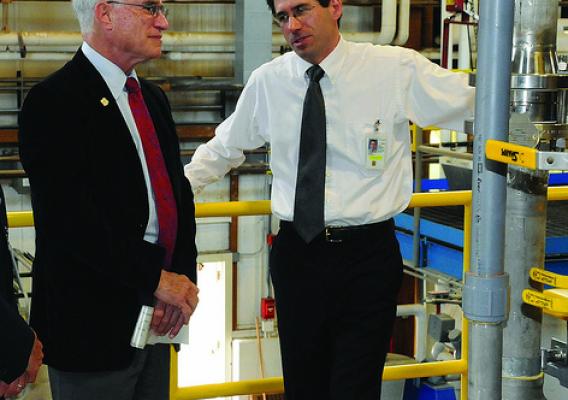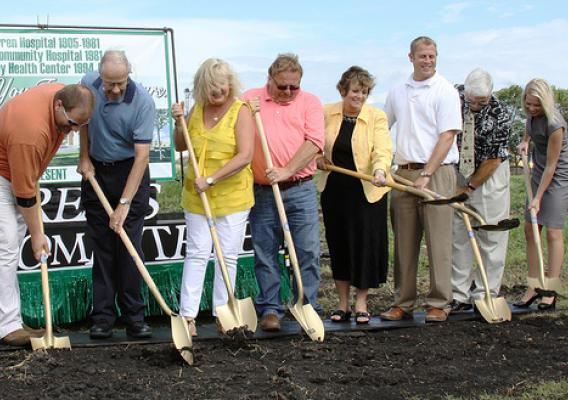As drought continues across America, President Obama and I continue doing all we can to help farmers and ranchers. Last week, at the President’s direction, I convened a meeting of the White House Rural Council to ensure we’re doing all we can – and we’ll meet again to discuss drought in the coming days.
We’ll also continue to call on Congress to pass a Food, Farm and Jobs Bill as soon as possible, to give USDA more tools to help and to give more certainty to producers in this difficult time.
Meanwhile, at USDA we continue our work to help grow the economy and create jobs. This includes our support for innovative producers and rural businesses who are already working hard to boost the emerging bio-economy.
From household products made of homegrown crops, to remarkable advanced biofuels that are powering America’s ships and aircraft, the bio-based economy is strengthening our nation while bringing more jobs and economic security to rural America.
Today, more than 3,000 companies are producing more than 25,000 biobased products made from renewable sources grown here at home, and supporting 100,000 American jobs. These companies are developing a wide variety of products – from cleaners and paints to construction materials – for use at home, at work, and by industry.










 Community members came together to build the first hospital in Warren, Minn., all the way back in 1905. Today, the community is coming together once again to build a new innovative healthcare facility that will continue the tradition of strong rural healthcare in the community of 1,500.
Community members came together to build the first hospital in Warren, Minn., all the way back in 1905. Today, the community is coming together once again to build a new innovative healthcare facility that will continue the tradition of strong rural healthcare in the community of 1,500.